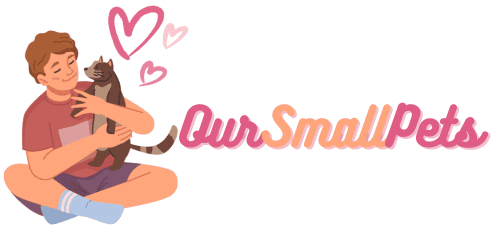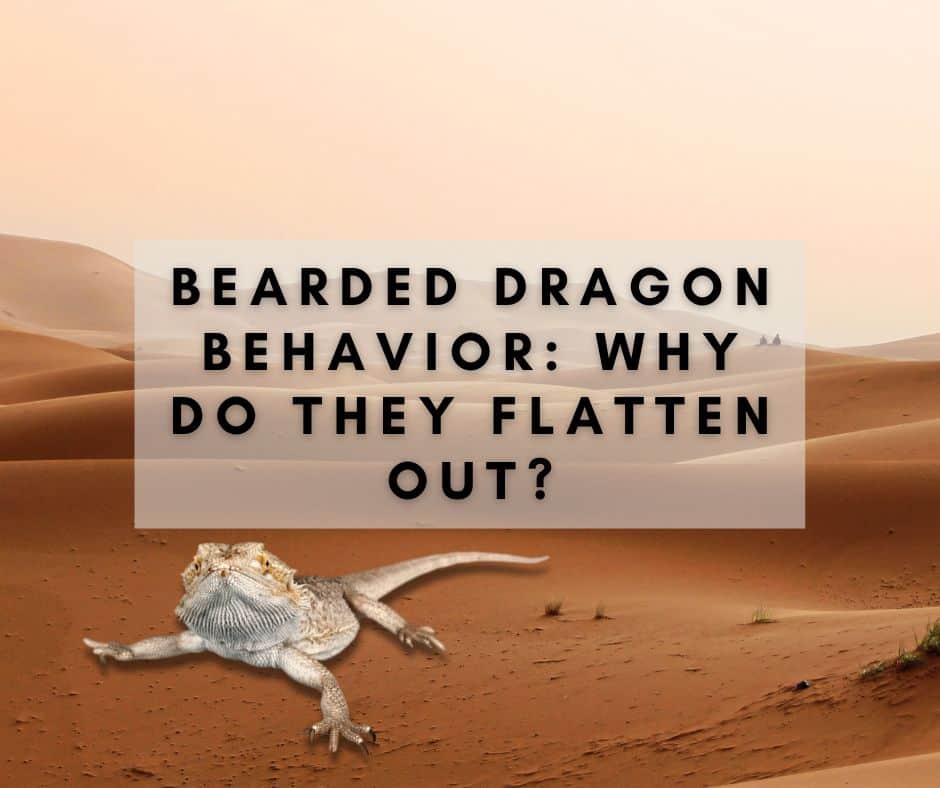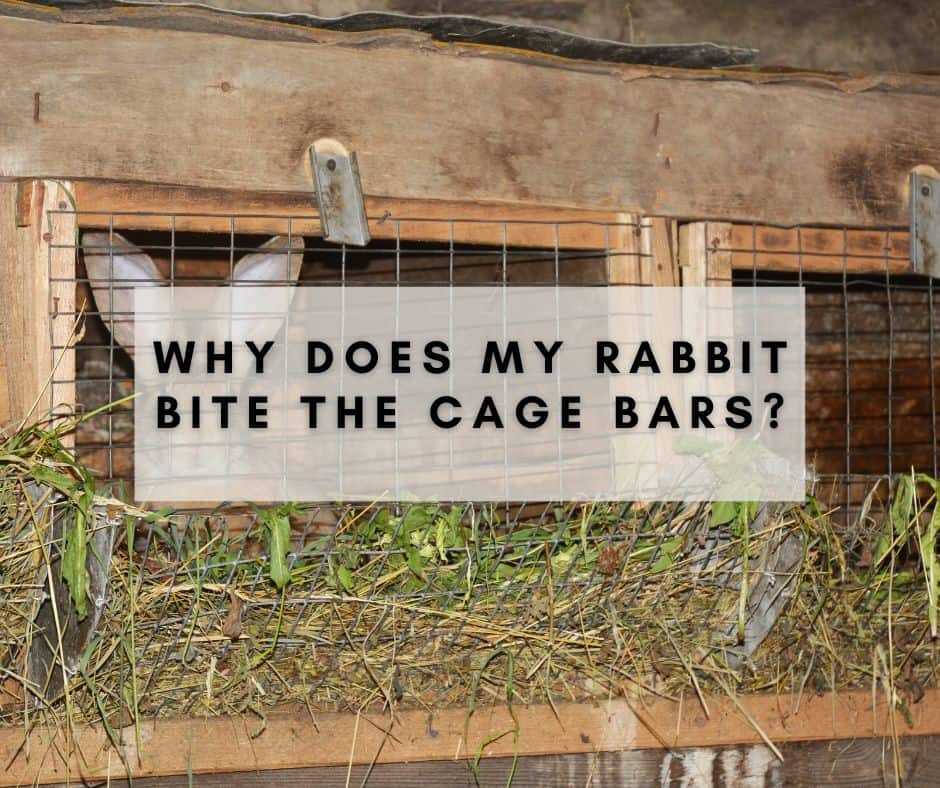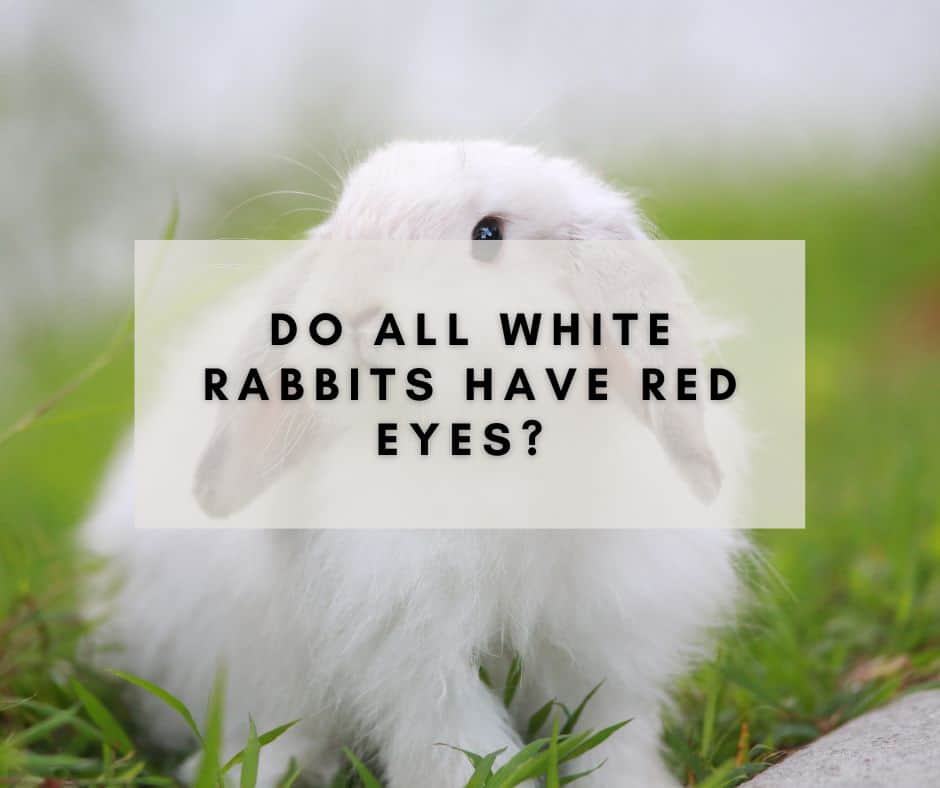Bearded dragons are fascinating reptiles that are popular pets for many people. They are known for their unique appearance, docile nature, and their ability to show affection towards their owners.
However, despite being friendly creatures, they have certain behaviors that may be confusing to pet owners. One of these behaviors is when a bearded dragon flattens out.
Flattening out is a common behavior displayed by bearded dragons. It involves them laying flat on their stomachs and spreading out their limbs as far as they can.
This behavior can last for several minutes or even hours and can occur in various situations. Understanding what this behavior means is crucial for pet owners as it allows them to identify any underlying issues or health problems that may be affecting their pets.
Contents
What Does it Mean When a Bearded Dragon Flattens Out?
Flattening out is usually a display of aggression or submission from bearded dragons depending on the situation they find themselves in. It’s important to note that flattening out doesn’t necessarily mean your pet is upset or disturbed, but rather that their instincts have kicked in for one reason or the other. When a bearded dragon flattens out, it means they’re trying to make themselves appear as large as possible.
This is a natural defense mechanism used by these lizards in the wild to intimidate predators and discourage attacks. Flattening out can also be used as a threat display towards other bearded dragons or potential mates during the breeding season.
Brief Overview of Bearded Dragons
Bearded dragons are medium-sized lizards native to Australia. They get their name from the spiny scales under their chins which resemble a beard-like structure when puffed up during certain behaviors.
These lizards have become increasingly popular pets due to their docile nature and relatively easy care requirements. Bearded dragons come in different sizes but generally grow up to 18-24 inches in length and weigh about 1-3 pounds at maturity.
They have smooth skin with rough and spiky scales on the back that protect them from predators in the wild. These reptiles are diurnal beings which means they are active during the day and sleep at night.
Importance of Understanding This Behavior
Understanding what it means when your bearded dragon flattens out is crucial for pet owners. This behavior can indicate various things, including stress, fear, aggression, dominance, or even health problems. By identifying what triggers this behavior in your pet and what type of flattening out they’re displaying, you will be able to respond accordingly and provide the necessary care.
Ignoring this behavior could lead to serious health problems for your pet. For instance, if your pet is consistently puffing up and flattening out throughout the day for no apparent reason, it could be suffering from respiratory infections or other illnesses that require immediate attention.
In some cases, certain types of flattening out may also indicate stress from poor living conditions which may affect the overall well-being of your pet. Understanding what it means when a bearded dragon flattens out is essential for responsible pet ownership.
As we’ve seen above, there are various reasons why a bearded dragon may display this behavior. By paying close attention to your pet’s body language and habits, you can identify any underlying issues early enough before they escalate into more severe problems that could harm your beloved reptile companion.
Physical Characteristics of Bearded Dragons
Bearded dragons are a type of lizard native to Australia and are popular pets due to their friendly nature and ease of care. They have a unique set of physical characteristics that play a major role in their behavior, including their ability to flatten out.
Bearded dragons can grow up to 24 inches in length with an average weight between 10-20 ounces. Their body is covered with small spikes or scales, called tubercles, making them look like miniature dragons.
The bearded dragon’s tail is another key physical characteristic that affects its behavior. Their tail makes up almost two-thirds of their entire body length and acts as a vital tool for balance and communication.
When threatened or excited, the bearded dragon will whip its tail back and forth as a warning sign or defensive mechanism against predators or rivals. Their ability to flatten out also relates to the size of their body.
Bearded dragons have broad bodies, which allows them to spread out more effectively when threatened or trying to regulate their temperature in the sun. The skin on their belly is more sensitive than other parts of the body, and when exposed directly to sunlight for long periods it can become irritated leading them to flatten out on cooler surfaces.
How These Characteristics Relate to Their Behavior
Bearded dragons have evolved these characteristics over time due to living in harsh environments requiring various adaptations for survival – such as broad bodies for heat retention during cold nights in the desert – which has led them to adopt unique behaviors such as flattening out as a defensive mechanism against predators. Their sensitivity towards heat and light means they require specific environmental conditions that enable them to thermoregulate through behavioral responses such as flattening out on cool surfaces (like rocks) near heat sources (like basking lamps) when they’re feeling too warm.
Additionally, since bearded dragons are social creatures who communicate through posturing, their physical characteristics not only allow them to exhibit different poses but also play a key role in how they interact with others in their environment. For example, a dominant male may puff up his throat (the “beard”) and flatten out his body to assert dominance over other males.
Discussion on How These Characteristics Affect Their Ability to Flatten Out
The physical characteristics of bearded dragons strongly affect their ability to flatten out. In particular, their broad bodies and abundant tubercles help them spread out more effectively when regulating temperature or feeling threatened. Meanwhile, the toughness and flexible nature of the scales that make up their skin allow them to flatten out smoothly without discomfort.
Their tails also play a significant role in flattening out, as they use it for balance when climbing or basking. When flattening out, bearded dragons will often arch their tail upwards so it doesn’t touch the ground but remains close by for balance control.
Understanding these various unique physical traits that contribute to the behavior of bearded dragons is essential for pet owners who want to provide the best possible care for their reptilian friends. It can also help owners identify when something is wrong with their pet’s health if they notice any physical changes that affect behavior like difficulty flattening or struggling to maintain balance.
Reasons for Flattening Out
Bearded dragons are known to flatten out for various reasons, including natural defense mechanisms, threat displays towards predators or other bearded dragons, and signaling for mating or dominance. It is essential to understand these reasons to interpret the behavior of a bearded dragon accurately.
Natural Defense Mechanism
One of the primary reasons why a bearded dragon might flatten out is as a natural defense mechanism. When threatened by a predator, the lizard will try to make itself look larger and more intimidating by flattening out its body.
In doing so, it makes itself appear more prominent and thus less appealing as prey. This behavior is especially crucial in the wild where bearded dragons must fend off predators such as snakes and birds of prey.
When threatened, they will raise themselves onto their hind legs while simultaneously flattening their bodies against the ground to appear bigger than they are. This posture also makes them look spikier, which can further deter predators from attacking them.
Threat Display Towards Predators or Other Bearded Dragons
Bearded dragons may also flatten out as a threat display towards potential predators or other bearded dragons that are perceived as threats. This behavior is often accompanied by puffing up their throat and opening their mouth wide.
In this scenario, flattening out serves as a warning sign that the lizard is ready to defend itself from any perceived threats actively. If the predator or rival does not heed this warning, then the bearded dragon may attack aggressively.
Signaling for Mating or Dominance
Another reason why a bearded dragon might flatten out is when signaling for mating or dominance. During the breeding season, males will often flatten themselves out in an attempt to impress females with their size and dominance.
In contrast, when two male bearded dragons meet, they may flatten themselves out in a display of dominance, with the larger or more dominant dragon winning the encounter. This type of flattening out is often accompanied by head bobbing and arm waving.
Behavioral Analysis
Bearded dragons are known for displaying a variety of body language and behaviors, which are often used to communicate with other bearded dragons or their owners. When a bearded dragon flattens out, it is usually a sign that the animal is feeling threatened or ready to defend itself. This behavior can be accompanied by other actions, such as hissing or puffing up its throat, to further communicate its intentions.
One of the most common reasons for a bearded dragon to flatten out is as a warning sign. This may occur when the animal feels like it is in danger or under attack.
When this happens, the dragon will typically spread out its legs and flatten its body against the ground. It may also puff up its chest and throat as a way of appearing larger and more intimidating to any potential predators or threats.
Different Types of Flattening Out
There are several different ways that a bearded dragon can flatten out depending on what it wants to communicate. For example, if the animal is trying to appear larger and more threatening, it might arch its back slightly while flattening out against the ground. Alternatively, if the bearded dragon is trying to blend into its surroundings or become less visible, it may hold still with flattened limbs and its head lowered.
Another type of flattening that you might see in your pet bearded dragon is submissive flattening. This occurs when a younger or less dominant dragon tries to show respect towards an older or more powerful one by lying flat on their stomach in front of them – this signals submission.
Overall, understanding your pet’s behavior and body language can help you better communicate with it and provide appropriate care. Recognizing when your bearded dragon is flattening out and what type of behavior accompanies this action will help you interpret what they’re trying to communicate.
Health Implications
Bearded dragons are susceptible to various health issues, and some of these ailments can cause them to flatten out. This behavior is usually an indication that they are not feeling well and may require immediate medical attention.
One common health issue that can cause bearded dragons to flatten out is metabolic bone disease (MBD). MBD is a condition that affects the bones in reptiles, leading to a weakening of the bones and deformities.
In advanced cases, the bearded dragon may appear skinnier than usual and may struggle with movement. Another health issue that can cause a bearded dragon to flatten out is impaction.
Impaction happens when your pet ingests something it cannot digest like large food particles or substrate material from their enclosure. The obstruction can make it challenging for your pet to defecate, which causes discomfort and distress.
As a defensive mechanism, your pet may flatten out as it tries to alleviate the pressure in its digestive system. If you suspect impaction or MBD in your bearded dragon, consult with an experienced veterinarian as soon as possible.
Identifying Health Issues
Every bearded dragon owner needs to recognize the signs of potential health issues so they can act quickly before any conditions worsen. Aside from flattening out, other signs of illness in bearded dragons include lethargy, loss of appetite, weight loss or gain, abnormal breathing patterns, diarrhea or constipation, discharge from eyes or nose, swollen limbs or joints, and abnormal shedding patterns.
If you notice any of these symptoms in your pet along with flattening out behavior then immediately schedule a visit with an experienced exotic animal veterinarian who has experience with treating reptiles such as bearded dragons. The earlier you identify potential health problems affecting your pet’s wellbeing will mean better the outcomes if diagnosed early enough before becoming too serious for treatment options available today!
Conclusion
After reading this article, it’s clear that flattening out is an important behavior to understand in bearded dragons. It can be a natural defense mechanism, a threat displayed towards predators or other bearded dragons, or a way of signaling for mating or dominance.
Understanding the different types of flattening out and what they mean can help you provide better care for your pet. It’s also important to note that health issues can cause a bearded dragon to flatten out, so being able to identify if your pet is experiencing any issues is crucial.
The physical characteristics of bearded dragons and their behavior are closely related, so keeping an eye on their behavior can help catch any potential health problems early on. Overall, understanding your pet’s behavior is essential in providing proper care for them.
With the knowledge gained from this article and further reading or research, you’ll be able to better recognize when your pet is trying to communicate with you through their body language and behaviors. This will not only improve their quality of life but also strengthen the bond between you and your beloved reptile friend.




